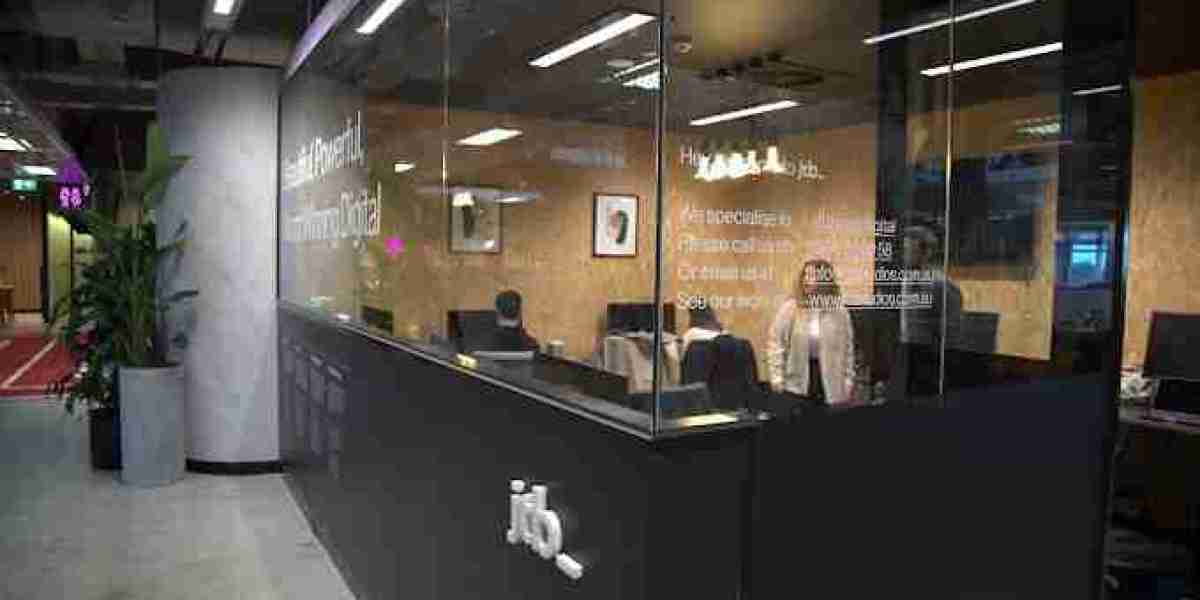The rigid plastic packaging market has witnessed steady growth across multiple sectors such as food and beverage, healthcare, cosmetics, and industrial packaging. Known for its durability, product protection, and efficient storage capabilities, rigid plastic packaging remains a preferred choice for manufacturers. However, the market also faces several critical inhibitors that could restrain future growth and reshape how companies approach production, innovation, and sustainability.
Understanding these inhibitors is essential for businesses, investors, and stakeholders aiming to navigate the market effectively. Below are the primary factors currently hindering the expansion of the rigid plastic packaging market.
1. Stringent Environmental Regulations and Plastic Bans
One of the most significant challenges the rigid plastic packaging market faces is the growing wave of environmental regulations targeting plastic use. Governments across the globe are introducing bans or restrictions on single-use plastics and non-recyclable materials, pushing packaging companies to rethink their production strategies.
In regions such as the European Union, North America, and parts of Asia, new policies are being implemented to curb plastic waste. These include:
Taxes on virgin plastic resins.
Mandatory recycling content quotas.
Bans on specific packaging formats.
These legal constraints increase production costs and force companies to invest in sustainable alternatives, which may not always offer the same durability or cost-effectiveness as traditional rigid plastics.
2. Volatility in Raw Material Prices
Rigid plastic packaging relies heavily on petrochemical-based materials such as polyethylene terephthalate (PET), polypropylene (PP), and high-density polyethylene (HDPE). Fluctuations in crude oil prices directly impact the cost of these raw materials, creating uncertainty for manufacturers.
Supply chain disruptions, geopolitical conflicts, and global energy market fluctuations often lead to:
Increased procurement costs.
Delays in production schedules.
Difficulty in maintaining pricing consistency for end users.
For smaller players in the market, these variables can be especially damaging, reducing profit margins and limiting their ability to compete with larger, more diversified manufacturers.
3. Rising Popularity of Flexible and Alternative Packaging
Another major inhibitor to rigid plastic packaging market growth is the increasing shift towards flexible packaging solutions. Flexible packaging—such as pouches, sachets, and wraps—offers advantages like lightweight design, lower transportation costs, and reduced material usage.
Sectors such as food and beverage, especially snacks and ready-to-eat meals, are increasingly adopting flexible packaging due to:
Consumer demand for convenience.
Greater shelf appeal and customization.
Enhanced sustainability in terms of lower carbon footprint.
This trend poses a significant threat to the rigid plastic format, compelling manufacturers to adapt or risk losing market share.
4. Consumer Backlash and Brand Image Concerns
In today’s environmentally conscious landscape, consumers are becoming more selective about the packaging used in products they purchase. A growing number of people are actively avoiding brands that rely on non-recyclable or plastic-heavy packaging, favoring eco-friendly alternatives instead.
This shift in consumer behavior leads to:
Pressure on brands to switch packaging types.
Increased demand for plastic-free or biodegradable solutions.
Negative publicity for companies perceived as environmentally irresponsible.
As a result, brands are pushing packaging suppliers to offer more sustainable options—often at higher production costs or with altered functionality—which complicates the rigid plastic packaging value proposition.
5. Technological Limitations in Recycling Infrastructure
Even though many rigid plastic packaging products are technically recyclable, inadequate recycling infrastructure remains a critical bottleneck. In several developing regions, recycling systems are poorly implemented, with limited collection, sorting, and processing facilities.
Key recycling challenges include:
Cross-contamination of plastic waste.
Lack of standardized labeling and sorting practices.
Economic infeasibility of recycling certain rigid plastic materials.
These limitations reduce the actual recycling rates for rigid plastic packaging and contribute to growing environmental concerns. As a result, policymakers and industries may be more inclined to promote alternative materials with easier end-of-life solutions.
6. High Capital Costs for Sustainable Transformation
Transitioning to more sustainable rigid plastic packaging solutions requires substantial investment in research and development, new machinery, and workforce training. This creates a barrier for many companies, especially small- and mid-sized manufacturers that lack the resources to:
Retrofit existing production lines.
Experiment with biodegradable polymers.
Scale up pilot projects using circular economy models.
While large players may lead the charge in sustainable innovation, smaller firms often lag, widening the competitive gap and slowing overall industry progress.
7. Intense Market Competition and Price Pressure
The rigid plastic packaging market is highly competitive, with numerous global and regional players offering similar products. Price sensitivity in end-use sectors like food and retail packaging adds further pressure to maintain low costs while enhancing functionality and sustainability.
This combination of factors leads to:
Thin profit margins.
Difficulty in differentiating through packaging alone.
Reliance on price wars rather than innovation.
Firms must balance cost competitiveness with innovation, sustainability, and regulatory compliance—an increasingly complex equation in the current market scenario.
Conclusion
While the rigid plastic packaging market holds immense potential, several inhibitors are slowing its growth trajectory. Environmental regulations, raw material volatility, shifting consumer preferences, and infrastructure gaps create significant hurdles for both new entrants and established players.
However, recognizing these inhibitors allows companies to adapt their strategies accordingly. Proactive investments in circular economy practices, innovation in material science, and collaboration with regulators and recyclers will be essential to overcoming these challenges. The future of the rigid plastic packaging market will depend not just on demand, but on how effectively the industry responds to its most pressing constraints.




